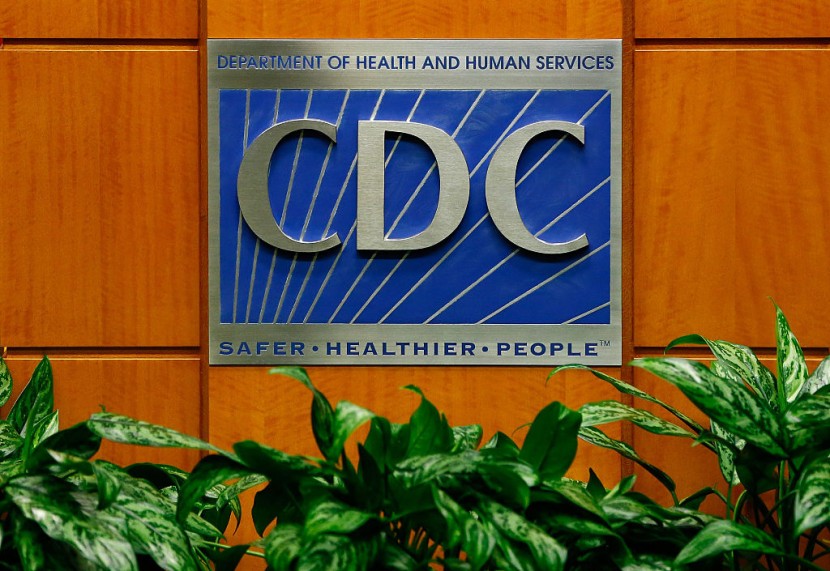
The United States Centers for Disease Control and Prevention (CDC) reported a rise in cases of Babesiosis, a tick-borne disease, in the Northeast that threatens the health of immunocompromised individuals.
While the disease is only fatal in rare cases, it is becoming more prevalent in some regions in the Northeast. The health agency's findings also showed that among the ten states that reported cases of Babesiosis from 2011 to 2019, eight saw an increase in cases while only two were able to see declines, which were Minnesota and Wisconsin.
CDC Sees Rise in Tick-Borne Cases in Northeast
Furthermore, the tick-borne disease has now been considered endemic in three new states, namely Maine, New Hampshire, and Vermont. Babesiosis was only previously regarded as endemic in Connecticut, Massachusetts, Minnesota, New Jersey, New York, Rhode Island, and Wisconsin.
In a statement, a co-author of the latest report, epidemiologist Megan Swanson of the CDC's Division of Parasitic Diseases and Malaria, said that the data taken across nine years showed an increase in tick-borne diseases in several parts of the United States that previously only had a few cases, as per AOL News.
The tick-borne disease's symptoms include body aches, chills, fatigue, fever, headaches, joint and muscle pain, nausea, and sweats. Health experts note that the disease has an overall fatality rate of roughly 1% to 2%, said a senior research scientist at the Yale School of Public Health, Dr. Peter Krause, who was not involved in the CDC's study.
Up to a fifth of adult cases and half of pediatric cases of Babesiosis are found to be asymptomatic. However, older or immunocompromised individuals are the most vulnerable to severe outcomes such as low blood platelet counts, kidney failure, or acute respiratory distress syndrome. The latter is responsible for fluid build-ups in a person's lungs.
The agency's report also underscores an "unfortunate milestone in the emergence of babesiosis in the United States." Krause added that more cases of the disease mean more illness and more people dying.
Read Also : FDA Issues New Mammography Regulations
Continuous Spread of Babesiosis
For decades, the tick-borne disease has been considered to be extremely rare in the United States. Experts argued that the rapid spread of new cases is linked to rising temperatures and the growing population of deer, which help ticks thrive, according to the New York Times.
The disease is most commonly caused by parasites that make their homes on the bodies of mice and other rodents. Poppy-seed-size black-legged ticks, also known as deer ticks, can transmit Lyme disease to humans.
The first patient found to have been infected by this disease in the US was reported in 1969 in Massachusetts. Many of the cases in modern times are detected in the Northeast and the upper Midwest during the spring and summer.
An infectious disease specialist at the University of California, Dr. Peter Chin-Hong, said that the rapid rise in babesiosis cases is not surprising. He added that it was consistent with the rise and spread of other tick-borne diseases, such as Lyme disease, said ABC News.
Related Article: Harsh Prostate Cancer Treatments can be Safely Delayed
© 2026 HNGN, All rights reserved. Do not reproduce without permission.








